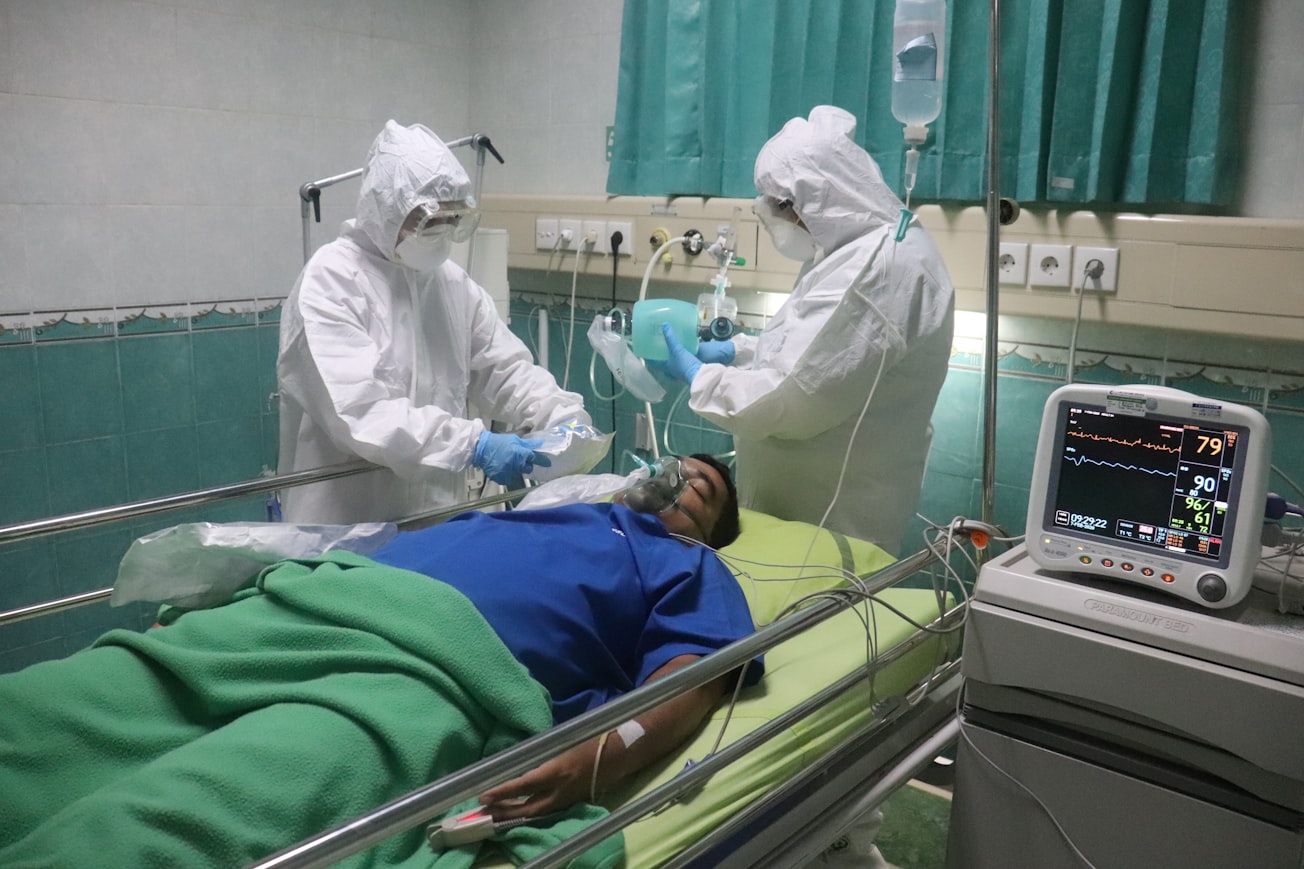What is it about?
The highlights of the proposed work. •This novel method significantly reduced the model's parameter size without sacrificing much of its classification performance. •The proposed method had better performance against some state-of-the-art Deep Convolutional Neural Network (DCNN) models that diagnosed samples of CXRs with COVID-19. •The proposed method delivered a conveniently scalable, reproducible, and deployable DCNN model for most low-end devices.
Featured Image

Photo by Mufid Majnun on Unsplash
Why is it important?
The proposed method was employed on a Densely Connected Convolutional Neural Network (CNN), the DenseNet model, to diagnose whether a Chest X-Ray (CXR) is well, has Pneumonia, or has COVID-19. From the results, the performance to parameter size ratio highlighted this method's effectiveness to train a DenseNet model with fewer parameters compared to traditionally trained state-of-the-art Deep CNN (DCNN) models, yet yield promising results.
Perspectives
The variated and curated novel method had yielded remarkable performance compared to conventionally trained DCNNs with a significantly reduced parameter size. The slight trade-off still managed to pull through with a competitive performance yielded from the proposed method, justifying its effectivity towards CXR diagnosis involving COVID-19. Not only that the model works effectively, but it can also scale effortlessly. Re-training the DenseNet model with the proposed method with additional data will still consume less computing cost, training duration, and disk space than the larger models presented. Training models with a massive depth of layers will eventually require expensive equipment, long hours, and large disk capacities. However, this method's major drawback lies in its unorthodox preparation and lack of validation with other datasets. Nonetheless, future researchers can reproduce this method through this article and conduct benchmark studies to test its full potential for other datasets and models. It is worth remembering that this method does not aim to replace other medical diagnostic methods. Instead, it aims to develop an effective and lightweight assistive tool for medical experts that may improve diagnosing COVID-19 in CXRs and other related conditions in the future.
Dr. Francis Jesmar Perez Montalbo
Batangas State University
Read the Original
This page is a summary of: Truncating a densely connected convolutional neural network with partial layer freezing and feature fusion for diagnosing COVID-19 from chest X-rays, MethodsX, January 2021, Elsevier,
DOI: 10.1016/j.mex.2021.101408.
You can read the full text:
Resources
Contributors
The following have contributed to this page







